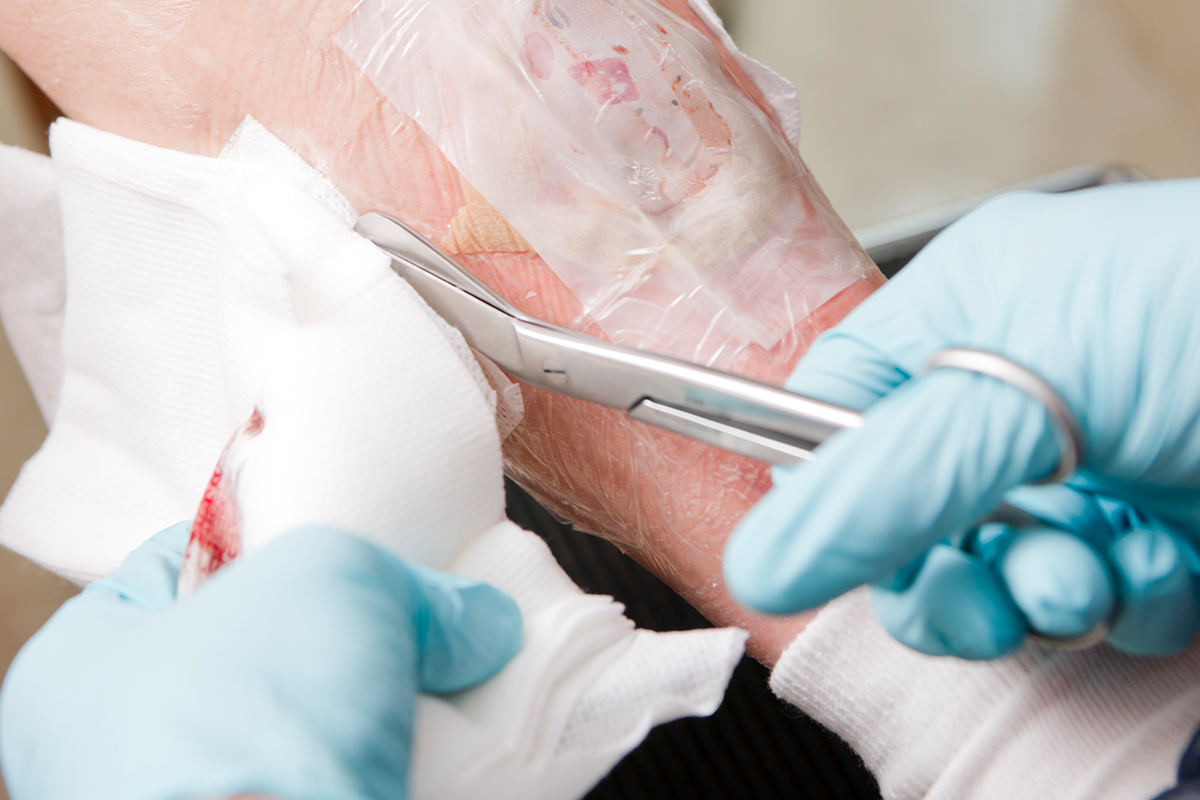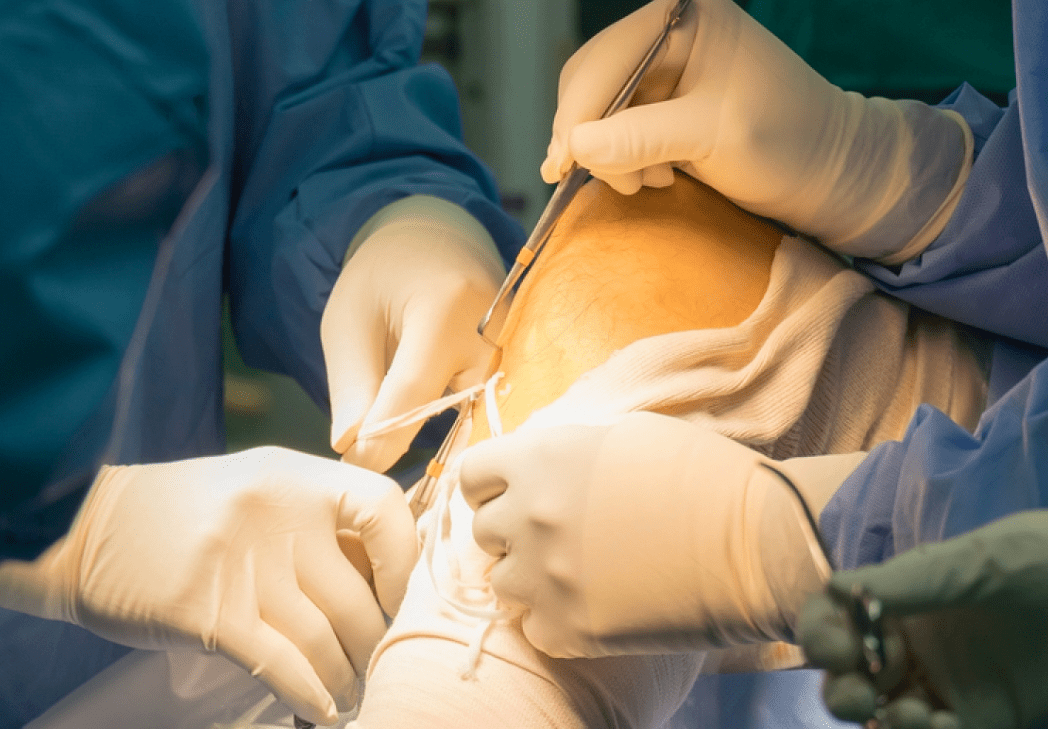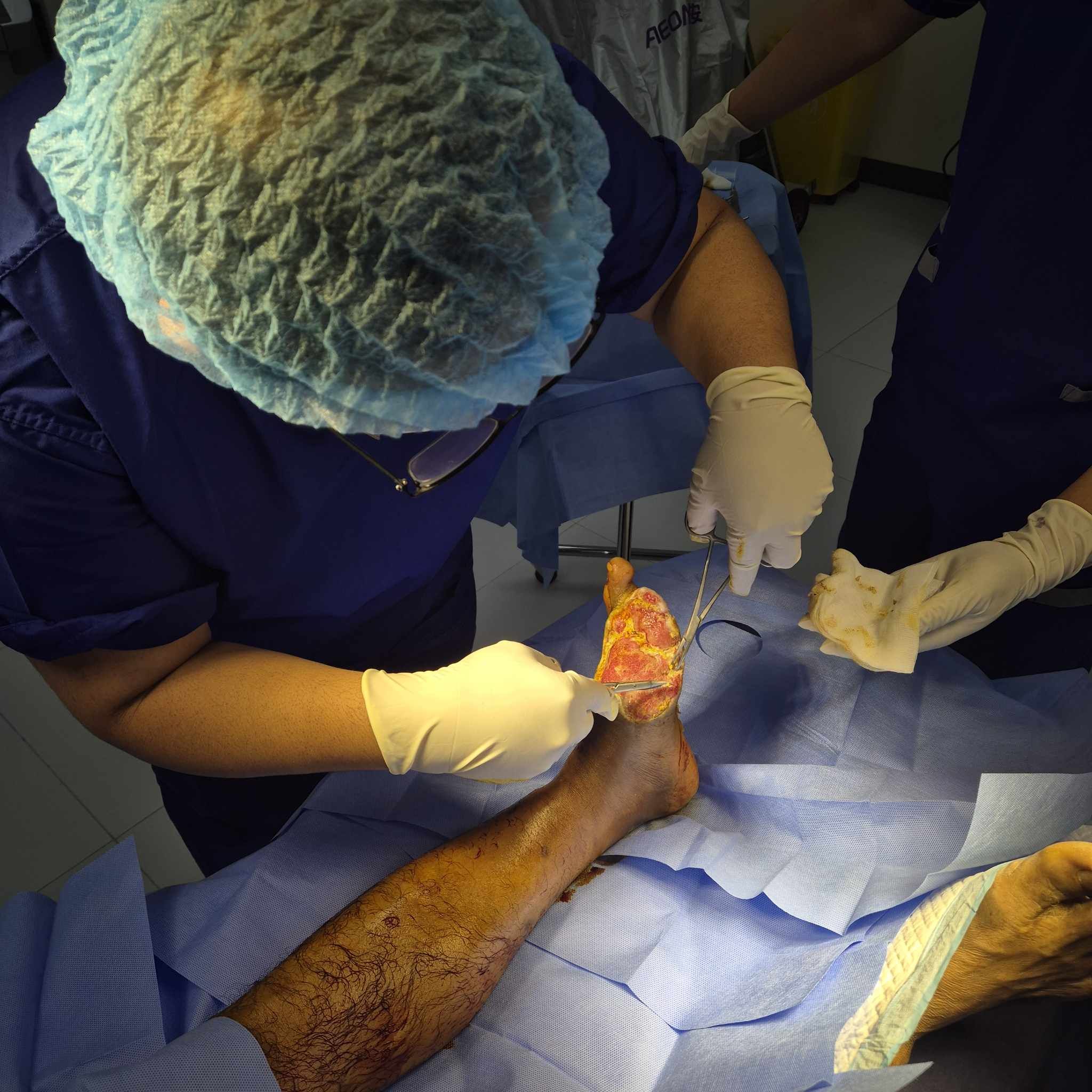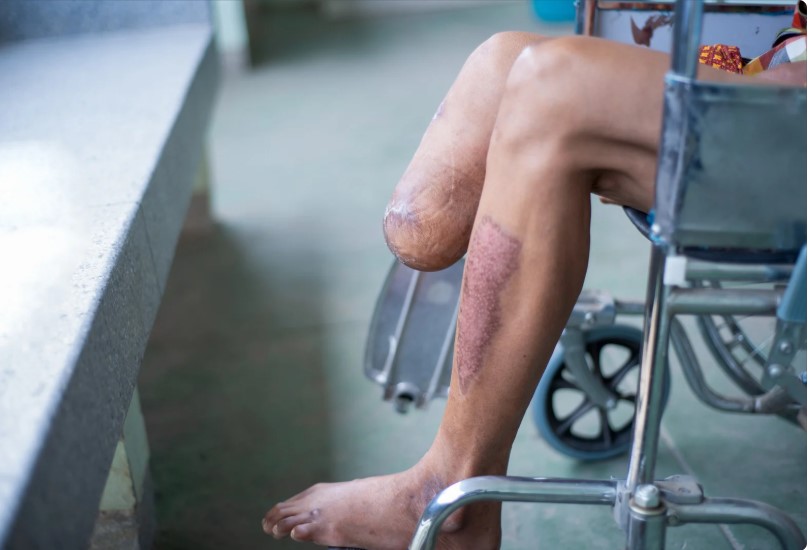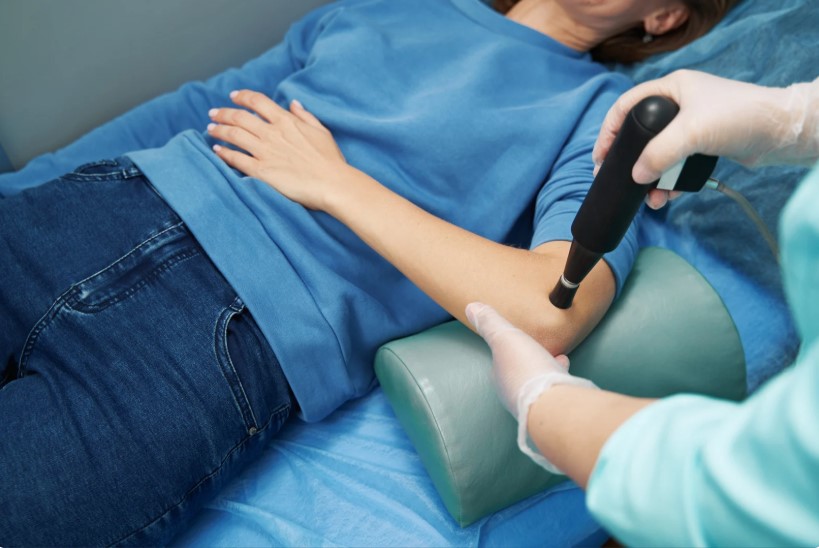Understanding the Debridement Procedure
The debridement procedure is a medical process designed to remove damaged, dead, or infected tissue from a wound. By eliminating this nonviable tissue, the body can better focus on repairing healthy tissue and promoting proper wound healing. Without this process, wounds can become breeding grounds for bacteria, which may slow recovery or lead to severe infections. Doctors often recommend debridement when wounds are not healing as expected, particularly in patients with chronic conditions like diabetes or circulation problems. This procedure plays an essential role in wound care management, ensuring that the healing environment remains clean and safe. Whether performed surgically or through less invasive methods, debridement is a cornerstone of effective wound treatment. Understanding its importance helps patients and caregivers recognize why medical professionals prioritize this step in recovery.
Types of Debridement Methods
There are several methods of performing a debridement procedure, each chosen based on the type of wound and the patient’s overall condition. Surgical debridement is one of the most common, involving a physician or surgeon carefully removing tissue with surgical instruments. Mechanical debridement uses techniques like wound irrigation or wet-to-dry dressings, which physically lift away damaged tissue. Autolytic debridement relies on the body’s natural healing ability, often supported by moisture-retaining dressings that allow enzymes to break down unhealthy tissue. Enzymatic debridement involves applying topical agents that specifically dissolve necrotic material, making it less invasive than surgery. Biological debridement, though less common, uses sterilized maggots that consume dead tissue while leaving healthy tissue intact. Each method comes with advantages, and healthcare professionals choose the most suitable option based on wound type, infection level, and patient comfort. By tailoring the procedure to individual needs, medical teams maximize healing outcomes.
Common Medical Conditions Requiring Debridement
The debridement procedure is often necessary in cases where wounds fail to heal naturally due to underlying conditions. For instance, diabetic foot ulcers are among the most common reasons patients undergo debridement. Because diabetes can limit blood flow and nerve function, even small wounds may turn chronic without intervention. Pressure sores, or bedsores, also frequently require debridement, as immobility can cause tissue breakdown over time. Burn victims often need this treatment to remove charred or damaged skin that prevents recovery. Surgical wounds that become infected may also require debridement to prevent the spread of bacteria. Traumatic injuries that involve crushed or torn tissue benefit from this procedure to ensure the wound surface is clear for healing. Without intervention, these wounds can worsen, leading to complications such as sepsis or amputation in severe cases. Recognizing these conditions highlights how vital debridement is in modern medical care.
How the Debridement Procedure is Performed
The steps of a debridement procedure vary depending on the method chosen. Before treatment, doctors evaluate the wound and the patient’s medical history to decide the safest approach. Local or general anesthesia may be used, particularly for surgical methods, to minimize discomfort. For surgical debridement, the surgeon carefully removes dead tissue with scalpels or scissors under sterile conditions. Mechanical methods may involve rinsing the wound with saline or applying dressings that adhere to necrotic tissue, which are then removed. Autolytic debridement requires applying special dressings that keep the wound moist, allowing the body’s enzymes to naturally dissolve dead tissue. Enzymatic methods rely on ointments that chemically soften necrotic tissue for easier removal. In biological debridement, sterilized maggots are introduced to the wound, consuming dead tissue while sparing healthy areas. After the procedure, the wound is redressed, and patients receive instructions on aftercare to encourage proper healing.
Benefits of Debridement for Healing
The debridement procedure provides multiple benefits that enhance wound recovery. By removing necrotic tissue, it eliminates potential barriers to new tissue growth, making the healing process faster and more efficient. This also reduces the risk of bacterial infection, which can otherwise spread to surrounding tissue or enter the bloodstream. Patients often find that pain and inflammation decrease once infected or damaged tissue is removed. In addition, debridement improves the effectiveness of topical treatments, since medications can penetrate healthier tissue more easily. It also enhances blood flow to the wound area, which is essential for delivering oxygen and nutrients necessary for recovery. Ultimately, the procedure restores function, mobility, and comfort for patients who may otherwise face prolonged discomfort. By supporting both natural healing and medical treatment, debridement proves to be a cornerstone of wound management.
Risks and Potential Complications
Although the debridement procedure is highly beneficial, it is not without risks. Pain and discomfort may occur during or after the process, particularly in cases of surgical debridement. Bleeding can happen if healthy tissue is inadvertently disturbed, though this is usually controlled during treatment. Infection is another potential complication, especially if post-procedure care is neglected. In some cases, patients may experience scarring at the wound site, depending on the severity of tissue removal. For individuals with poor circulation, such as those with peripheral artery disease, healing may be slower, increasing the risk of complications. Certain medical conditions, like clotting disorders, may also make debridement less suitable. Healthcare providers carefully weigh these risks against the benefits to determine if the procedure is the right choice. While complications are possible, they are generally manageable with proper medical oversight.
Recovery and Aftercare
Recovering from a debridement procedure requires careful attention to wound care and overall health. Patients are often instructed to keep the wound clean and dry while changing dressings regularly as directed by medical staff. Maintaining proper hygiene reduces the chance of infection and promotes healing. Pain management may be necessary, particularly in the days following the procedure, with doctors prescribing medications when needed. Nutrition plays a significant role in recovery, as protein, vitamins, and minerals aid tissue repair. Physical therapy or limited mobility exercises may be recommended for patients recovering from large wounds or pressure ulcers. It is also essential to monitor for warning signs such as increased redness, swelling, or fever, which may indicate infection. With proper aftercare, patients can achieve faster recovery times and significantly reduce the chance of complications.
Key steps in aftercare often include:
- Regular dressing changes according to medical instructions
- Maintaining proper wound hygiene at all times
- Following prescribed medication schedules
- Eating a balanced diet rich in protein and vitamins
- Attending follow-up appointments for wound monitoring
- Reporting unusual symptoms immediately to healthcare providers
Professional Guidance and Best Practices
Seeking professional guidance is essential for anyone undergoing a debridement procedure. Wound care specialists, podiatrists, and surgeons are trained to identify which method best suits each patient’s condition. Follow-up appointments are critical for tracking healing progress and preventing complications. Advanced wound care technology, such as hydrocolloid dressings, negative pressure therapy, and antimicrobial agents, may be recommended depending on the wound. Personalized treatment plans often combine different debridement methods with modern wound care strategies to ensure optimal recovery. Patients should never attempt self-debridement, as improper handling can lead to severe infections or prolonged healing times. By relying on professional expertise, individuals benefit from a safer, more efficient healing process. Professional oversight ensures that wounds are managed with precision, leading to long-term improvements in quality of life.
Frequently Asked Questions (FAQ)
1. Is a debridement procedure painful?
The level of discomfort depends on the method used. Surgical debridement may require anesthesia, while autolytic or enzymatic approaches tend to be less painful.
2. How long does it take to heal after debridement?
Healing time varies depending on wound size, underlying conditions, and the type of debridement. Some wounds heal in weeks, while chronic wounds may take months.
3. Can wounds heal without debridement?
Certain minor wounds may heal on their own, but chronic or infected wounds usually require debridement to ensure proper recovery.
4. Who is qualified to perform debridement?
Licensed healthcare providers such as surgeons, wound care specialists, and podiatrists typically perform this procedure.
5. What is the difference between surgical and enzymatic debridement?
Surgical debridement physically removes tissue using instruments, while enzymatic debridement uses topical solutions to chemically break down dead tissue.
Takeaway
The debridement procedure is a vital step in wound care, ensuring that recovery is not stalled by necrotic or infected tissue. By choosing the appropriate method—whether surgical, enzymatic, autolytic, mechanical, or biological—medical professionals create an environment where wounds can heal effectively. Patients who follow aftercare instructions, maintain good nutrition, and seek professional guidance often experience better outcomes. While risks exist, they are usually outweighed by the significant benefits this procedure offers in terms of faster healing, reduced infection risk, and improved overall health. For anyone facing chronic wounds, diabetic ulcers, or post-surgical complications, understanding debridement and working with qualified professionals can make a meaningful difference in recovery.

